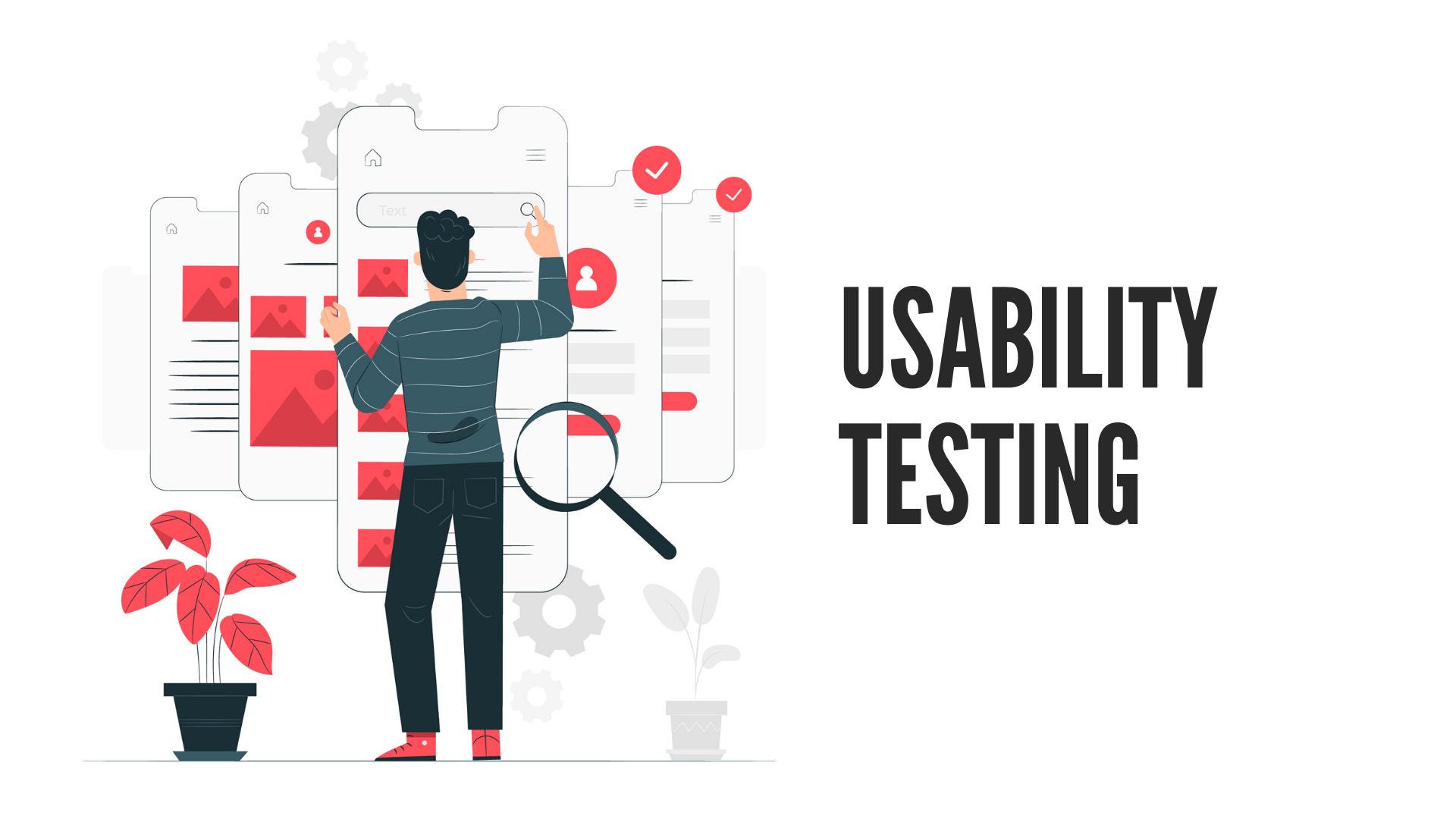Choosing the Right Users for Meaningful Usability Testing

Usability testing is one of the most valuable steps in the design and development process. It reveals how real users interact with your product—where they get confused, what they enjoy, and what needs improvement. However, even the most well-planned testing session can fall short if it's conducted with the wrong participants.
The simple truth is: not all testers are equal.
For usability testing to be effective, the people testing your app should reflect your actual or intended users. Their behaviors, goals, digital habits, and expectations should align closely with your real-world audience. Otherwise, the feedback you receive may be misleading or completely irrelevant to the success of your product.
This article will walk you through how to identify the right testers, define effective user personas, and ensure the feedback you gather leads to real, actionable improvements.

Why Tester Selection Matters
Imagine you’re developing an app designed for teenagers who love short-form video content, but you conduct usability testing with corporate professionals aged 40 and up. Even if these testers find the app confusing or unintuitive, their feedback may not represent the preferences or behavior of your actual users.
Choosing the wrong testers can lead to:
-
Misguided UX changes
-
Wasted development time
-
Missed insights into what your core audience actually wants
-
Poor product-market fit, even if the app is technically sound
Usability testing doesn’t just evaluate your interface—it evaluates how your users experience your product. And the key word here is your.
Start with User Personas
The foundation of good participant selection is having clear, detailed user personas. A persona is a fictional but data-informed profile of your target user.
Personas help teams focus on:
-
Demographics (age, gender, location)
-
Goals and motivations
-
Frustrations and pain points
-
Behaviors and preferences
If your app serves multiple segments, create a few personas that represent each major group. This helps diversify your testing pool without losing focus.
Define Clear Selection Criteria
Once you have your personas, translate those into screening criteria for choosing test participants. Focus on:
-
Age group and device preference
-
Frequency of app usage in the same category
-
Comfort level with technology
-
Specific goals they may have (e.g., “I want to read novels offline on the subway”)
Keep the criteria tight to your app’s value proposition. For instance, a language-learning app would ideally recruit participants who are currently learning a language, not just casual app users.
Real-World Example: The Reading App That Missed Its Audience
A mobile app for reading novels was preparing to launch with a wide selection of romantic and fantasy fiction. The design was clean, the prototype worked well, and the team was confident after testing the app with a group of users in their 40s.
But the data didn’t lie. Early users dropped off quickly. Reviews mentioned the design felt “outdated” or “hard to navigate.”
What went wrong?
Upon review, the product team realized their core target users were actually Gen Z—teenagers and early-20s readers who were already active on web fiction platforms and used mobile apps daily. The testers they had chosen didn’t match this profile.
When they revised their approach and recruited younger testers with actual experience using similar reading apps, the feedback changed dramatically.
Key insights emerged, such as:
-
Gen Z users preferred swipe gestures over tap-based navigation
-
Shorter summaries and more prominent genre tags improved browsing
-
A dark mode toggle needed to be more visible for late-night readers
With these adjustments in place, retention and reading time improved across the board. The lesson was simple but powerful: your testers must reflect your audience—or you risk designing for the wrong group entirely.
Where to Find the Right Testers
Depending on your resources, you can recruit test participants through:
-
Social media ads targeting specific demographics
-
Email lists segmented by user interest or behavior
-
In-app invitations to beta test
-
User research platforms like UserTesting, Maze, or PlaybookUX
-
Communities or forums where your audience is already active
Don’t be afraid to reach out to niche groups. The closer your testers are to your target users, the more precise your insights will be.
Balance Qualitative and Quantitative Insights
While it’s important to get qualitative feedback from users who speak your audience’s language (literally and figuratively), you should also keep track of observable behaviors:
-
Where do users hesitate?
-
What tasks are frequently abandoned?
-
How do different users complete the same task?
Observing five testers from the right audience can be far more valuable than testing with 20 people who don’t align with your users' goals.
Be Open, But Not Too Broad
It's tempting to say “our app is for everyone,” but that rarely works in practice. The more clearly you define your primary user group, the more actionable your usability testing will be.
That doesn’t mean you exclude all outliers. In fact, testing with one or two “edge case” users can highlight accessibility issues or unexpected usability problems. Just make sure the majority of feedback reflects your actual market.
Closing Thoughts
Effective usability testing starts long before someone taps a screen. It begins with choosing the right people to provide feedback—those who represent your real-world users and bring context to your product's design and function.
Don't make the mistake of designing a brilliant app for the wrong audience. Define your user personas, set clear selection criteria, and recruit testers who can truly reflect your app’s use case. The result? Feedback you can trust, insights that matter, and a product that resonates with the people it was built for.


Subscribe to follow product news, latest in technology, solutions, and updates
Other articles for you



Let’s build digital products that are simply awesome !
We will get back to you within 24 hours!Go to contact us Please tell us your ideas.
Please tell us your ideas.







